FALCOPOLIS
THE LARGEST RAPTOR ROOST ON PLANET EARTH
A small group of ornithologists from Europe set out to find the wintering area of the Red-footed Falcon.
This small bird of prey is highly social all year-round, forming nesting colonies and also gathering in communal roosts at night during migration and wintering.
Using satellite tracking devices mounted on birds, researchers followed the falcons’ incredible journey to Africa. Red-footed Falcons spend the winter in various parts of the Okavango Basin, but interestingly enough, the falcons moved to Central Angola every March.
In 2019, the scientific team visited Huambo province in Angola, where they discovered one huge roost site, the capital of the Red-footed falcons.
The discovery was nothing short of extraordinary.
The place was named FALCOPOLIS.
Each evening the sky above the roost site is fully covered by falcons, surpassing previous estimates of the species’ global population
Data showed that all Red-footed Falcons, regardless of gender or origin, visit this remarkable place. They are even joined by individuals of a distant relative, the Amur falcon, which breeds in Far East Asia and migrates to Africa through India.
Based on our knowledge, no other species of birds of prey physically meet in such large numbers during the wintering period. This unique natural phenomenon raises a number of intriguing questions, but to find the answers, researchers have had to plunge into the middle of the falcon flocks.
Why FALCOPOLIS is so important?
Swarming termites, abundant in central Angola at this time of the year, provide important food for falcons during the winter. Packed with protein, these insects are easy to catch in flight, and are vital for the falcons, helping them build up the fat reserves needed for their northward migration.
The cooperative behavior of falcons helps them find termite outbreaks.
Falcons eat tons of these insects, considered as agricultural pests, returning the undigested parts as soil fertilizer during the night roosting.
How many birds are there?
The
ROOST SITE of
Red-footed
Falcon
In Central Europe, some enthusiastic ornithologists decided 20 years ago to find out where the Red-footed Falcon go after leaving their breeding sites in Hungary.
Using the latest satellite tracking equipment, they discovered that there is a place in Africa where most Red-footed falcons gather every March. These insectivorous falcons are highly gregarious throughout the year. They breed in temperate flatlands of Eurasia and winter in South-West Africa. Their incredible flying skills enable them to make the 8500 km journey in 2 weeks.
Falcons spend the night together in big communal roost sites.
Until recently we had no idea how big these are…
Using satellite tracking devices fitted on birds researchers followed the falcons’ incredible journey to Africa. Red-footed Falcons spent the winter in various parts of the Okavango Basin, but interestingly each March falcons moved to Central Angola.
It took them a decade of organisation to reach the Huambo province in Angola, where they discovered the capital of the Red-footed falcons.
The scientific sensation was shocking.
They expected to see more birds than the world’s population estimates had previously suggested…
© 2019-2024. FALCOPOLIS Hungary-Angola. All Rights Reserved.
